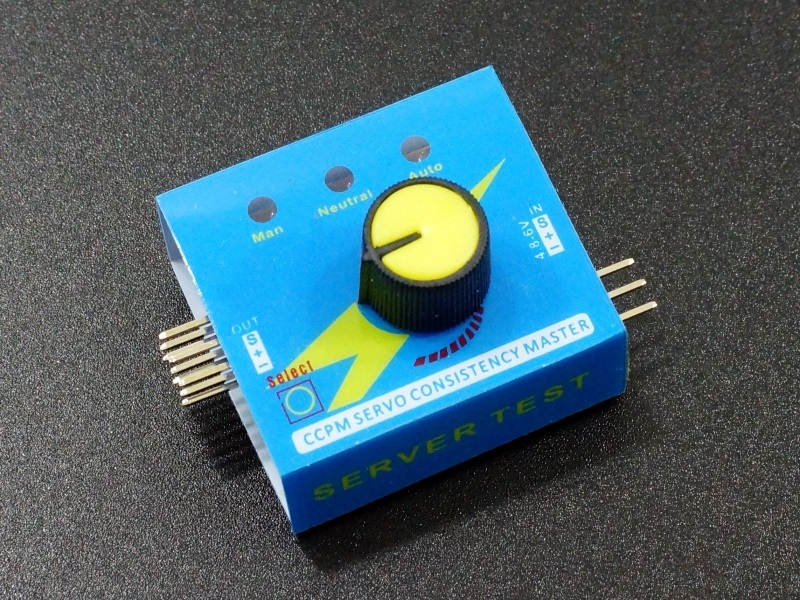Markus1234
New Member
Hello, I have a project at school which requires me to be able to control a servo motor wirelessly using some form of a potentiometer. I made a prototype using the fs1000a sender and receiver, with a 9V battery, voltage converter, servo tester and the transmitter on one side, and a 9V battery, voltage converter, capacitor, receiver and the servo motor on the other side.
Using this setup with both original and extended antennas yielded poor results. The range didn’t seem to be more than 40-50cm, and the servo was shaking and spinning mindlessly.
Am I doing who’s wrong? How would you have solved this?
Thanks in advance, Markus
Using this setup with both original and extended antennas yielded poor results. The range didn’t seem to be more than 40-50cm, and the servo was shaking and spinning mindlessly.
Am I doing who’s wrong? How would you have solved this?
Thanks in advance, Markus



